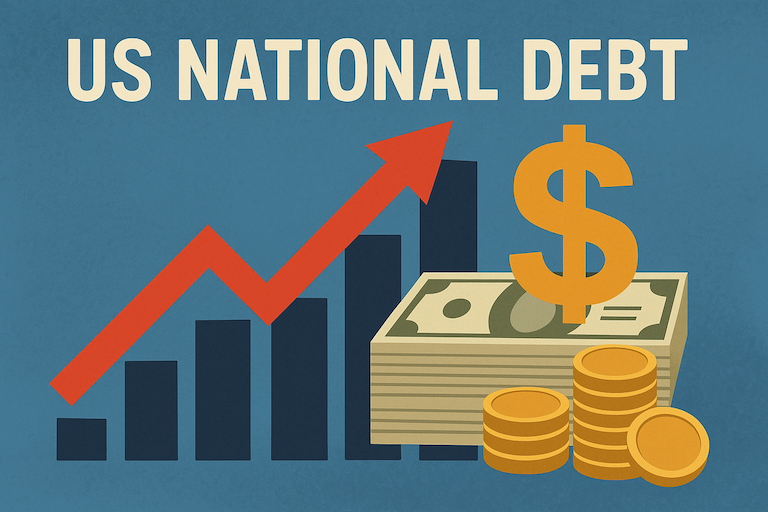What is Ethereum?
Ethereum is a decentralized, open-source blockchain platform that enables developers to build and deploy smart contracts and decentralized applications (dApps). Unlike Bitcoin, which primarily functions as a digital currency, Ethereum serves as a programmable blockchain, allowing for more complex and versatile use cases. It was proposed by Vitalik Buterin in 2013 and launched in 2015. Since then, it has become the foundation for decentralized finance (DeFi), non-fungible tokens (NFTs), and various other blockchain-based solutions.
Learn more about Ethereum at ethereum.org.
What Can Ethereum Do?
Ethereum’s versatility lies in its ability to execute smart contracts—self-executing agreements with predefined conditions. Here are some of the key applications of Ethereum:
- Decentralized Finance (DeFi): Ethereum enables financial applications that operate without intermediaries, such as lending platforms, decentralized exchanges, and stablecoins. This allows for greater accessibility, lower fees, and increased financial inclusion for people worldwide. Learn more at DeFi Pulse.
- Non-Fungible Tokens (NFTs): Digital collectibles, art, and in-game assets are often minted and traded on Ethereum-based marketplaces. This has transformed the creative economy by giving artists and creators new ways to monetize their work without relying on traditional intermediaries. Check out OpenSea, the largest NFT marketplace.
- Decentralized Autonomous Organizations (DAOs): Ethereum powers DAOs, which are organizations governed by smart contracts rather than traditional management structures. DAOs enable community-driven decision-making and governance in various industries. Explore more at Aragon.
- Layer 2 Solutions and Scalability: Layer 2 solutions, such as Optimistic Rollups and zk-Rollups, process transactions off-chain, reducing congestion and lowering costs while maintaining Ethereum’s security and decentralization. Learn more at L2BEAT, which tracks Layer 2 scaling solutions.
Why Decentralization is Important
Ethereum exemplifies decentralization by operating on a global network of nodes rather than relying on a central authority. This ensures that its applications and transactions remain secure, censorship-resistant, and trustless. The impact of decentralization extends across multiple industries, reshaping them with increased transparency, security, and user autonomy. Here’s why decentralization is so critical:
- Increased Security: Decentralized networks are more secure because they do not have a single point of failure. Data and transactions are distributed across multiple nodes, making it harder for hackers to attack or corrupt the system.
- Transparency and Trust: In a decentralized system like Ethereum, all transactions are visible to anyone, ensuring accountability and reducing the potential for fraud or manipulation. Trust is built on openness, not on a central authority.
- Elimination of Intermediaries: By removing intermediaries, decentralization reduces costs, enhances efficiency, and enables peer-to-peer transactions. Ethereum facilitates this with its smart contracts, which allow users to interact directly with each other.
- Autonomy and Empowerment: Users retain ownership and control over their data, assets, and decisions in a decentralized system. This empowers individuals to interact in digital environments without needing to trust a third-party authority.
Where is Ethereum Going?
Ethereum’s future is intertwined with the evolution of Web3, DeFi, stablecoins, and Layer 2 solutions, promising to reshape the digital landscape:
- Web3 and the Decentralized Internet: Ethereum is a cornerstone of the Web3 movement, which envisions an internet where users own and control their data. By facilitating decentralized applications and protocols, Ethereum is enabling a shift away from centralized platforms. Learn more at Web3 Foundation.
- Stablecoins and Digital Currency Evolution: Stablecoins are gaining traction on Ethereum, combining the stability of traditional fiat with blockchain efficiency. They have the potential to transform global payments and even serve as the foundation for central bank digital currencies (CBDCs). Discover stablecoins at MakerDAO.
- Institutional Adoption and Cross-Chain Integration: Enterprises and governments exploring blockchain applications increasingly view Ethereum as a preferred platform. Innovations in cross-chain interoperability will further integrate Ethereum with other blockchains, creating a more connected and versatile digital infrastructure. Track Ethereum adoption at Consensys.
Final Thoughts
Ethereum has established itself as a cornerstone of the blockchain revolution, with limitless possibilities for innovation. As it continues to evolve, its impact on finance, governance, and digital interactions will only grow stronger. Whether you’re a developer, investor, or enthusiast, now is the time to dive deeper. Explore Ethereum-based projects, engage with the community, and consider how decentralized technologies can reshape industries and personal opportunities. The future of Ethereum is being built today—be part of the movement.
To get started, visit ethereum.org or explore developer resources at Etherscan to see real-time Ethereum data and transactions.










